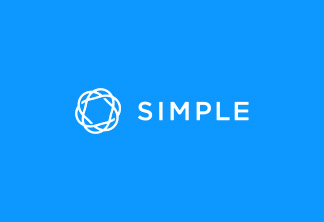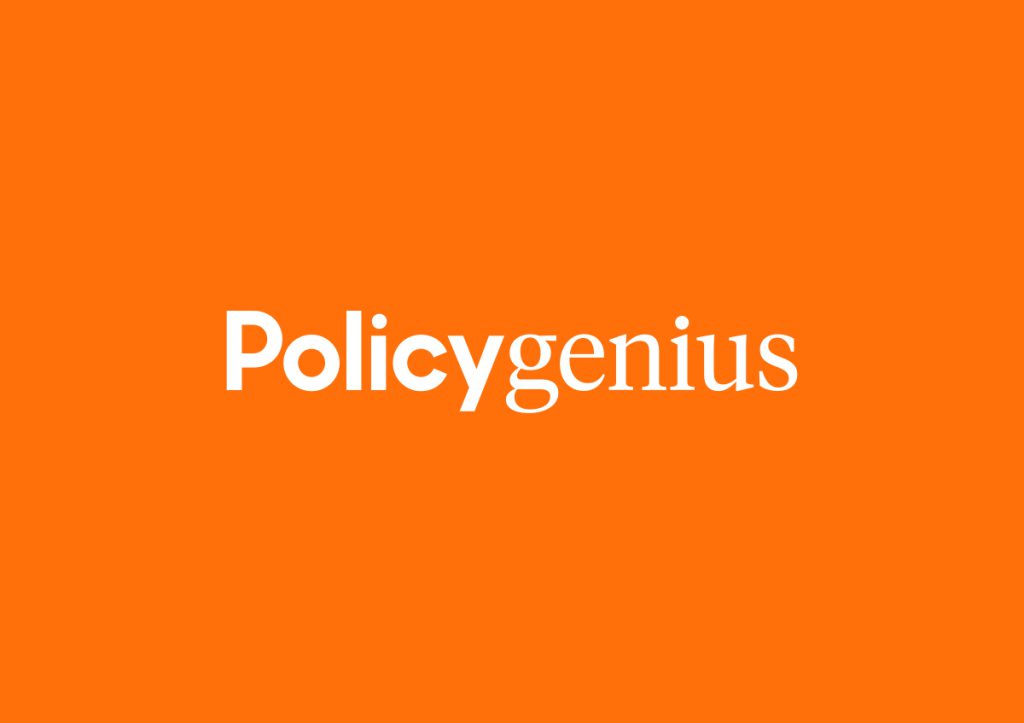“People, Process, and Product.” The oft-referenced framework doesn’t just provide the ingredients for success, but lays out the order of priority. To build a more successful organization, start by making work a place where your people feel like they belong.
Fair and welcoming workplaces—the type current employees celebrate and candidates prioritize in their job search—are the result of consistent efforts to build a culture for everyone. When organizations use the data and feedback at their disposal, they have the insight to create an environment that embraces and supports people from every background.
When cultural transformation gives employees a sense of belonging and support, it creates a space where your employees can innovate and thrive.
Build an Effective Cultural Transformation Strategy
Stellar work culture doesn’t happen by accident. It’s a product of data-driven change and intentional design. Proactive culture-building considers the needs and experiences of all employees and strives to fulfill those needs.
Adopting a step-by-step approach promotes progress while allowing for adjustments along the way. Steps like defining core values, communicating vision effectively, and reinforcing desired behaviors through recognition programs are pivotal for cultivating a positive corporate culture.
1. Understand What Is and Isn’t Working—and for Whom
Even workplaces with strong, intentional culture have room for improvement. What worked for your workplace in the past may become less effective as your workforce dynamics evolve.
Paradigm’s Blueprint analytics tools highlight how your existing culture and policies work and identify gaps that impact parts of your workforce. With data in hand, leaders can plot the course of their cultural transformation process and build a better culture for all.
Client spotlight: See how Paradigm helped Etsy drive change through a well-designed process evaluation and improvement plan.
2. Evaluate Current Culture Through Data and Feedback
The answers you’re looking for are close at hand—often within your tech stack and workspaces. A data-driven approach to a transformation journey provides a solid foundation for informed decision-making for a couple of reasons:
- Harnessing data analysis helps leaders measure the impact of existing cultural initiatives so they can adjust policies or encourage new behavior changes based on evidence rather than intuition. Data-informed policies and processes also help stakeholders align cultural efforts with strategic objectives for team engagement and business performance.
- Incorporating employee perspectives and feedback into the change process enriches leadership’s understanding of the current culture, highlights areas of strength, gauges employee satisfaction, and identifies opportunities for improvement.
Paradigm’s analytics tools help HR leaders gather and analyze data to surface culture-building insights that help them develop an action plan for cultural transformation.
Client spotlight: Read how Zillow Group used a data-driven culture strategy to gain clarity around inclusivity, including connecting the data with its employees’ experiences, with help from Paradigm.
3. Secure Leadership Buy-in and Accountability
Leaders are uniquely positioned to drive cultural change within organizations, serving as both architects and champions of new initiatives. Their visible investment sets the tone for company culture, signaling the importance of transformation efforts at every level.
By embodying the values and behaviors they seek to instill, strong leaders inspire action and accountability. Their influence allows them to allocate resources, prioritize initiatives, and remove obstacles that hinder progress. When leaders position programs for success, teams and individuals can more easily adopt new patterns and propel culture forward.
4. Communicate Changes to Employees
Effective communication is the cornerstone of successful change management. It bridges the gap between leadership vision and employee experience and action.
Dialogue is the heart of truly effective communication. As outlined in the four pillars of Paradigm’s Inclusive Leadership Framework, culture-building leaders provide direction, but also welcome the employee Voice. When employees have input into the culture-building process, everyone has the space and safety to address concerns, gather feedback, and reinforce the commitment to change.
Client spotlight: Paradigm helped F5 empower employees to drive cultural change by aligning business strategy with tailored training support.
5. Design Targeted Cultural Change Initiatives
Designing change plans requires a strategic approach that focuses on incremental steps rather than attempting to overhaul everything simultaneously. Changing too much at once can overwhelm employees, dilute focus, and lead to resistance or failure. Prioritize key areas for development and engage stakeholders throughout the process for a smoother transition.
Instead of sweeping changes, focus on building inclusive systems and behaviors. Concentrating on specific culture-building areas, such as unconscious bias, can yield desired results without inducing overwhelm. The data within your organization may provide insight into which cultural aspects to address first.
Client spotlight: Learn how Paradigm helped Qventus deliver impactful, successful training that met its employees where they were, using a blend of live dialogue and online training in Paradigm Reach.
6. Drive and Sustain Organizational Change
Developing a solid framework for supporting change ensures that initial enthusiasm continues through deliberate efforts. By utilizing proven change management methods, you can communicate your vision effectively, engage your team, and navigate transitions with confidence.
The key to lasting change lies in continuous listening, adapting, and reinforcing inclusive behaviors over time. Start building your framework today to transform challenges into opportunities for growth.
7. Measure Program Impacts Over Time
Just as data helps depict initial company culture, it can also paint a clear picture of progress in a team’s culture-building efforts, allowing organizations to see tangible results, adjust strategies, and demonstrate progress to the leadership team and stakeholders. Without this feedback, it’s difficult to measure and showcase how the team’s efforts are driving desired culture shifts.
Start by setting and tracking organizational and experiential key performance indicators (KPIs) relevant to your objectives. These metrics should highlight impacts from both the company and employee perspectives.
- Organizational outcomes: Engagement, innovation, productivity, and HR objectives
- Employee outcomes: Fairness, belonging, advancement, and well-being
Client spotlight: Learn how Paradigm helped NerdWallet strengthen its workforce with relevant strategies, employee insights, and leadership training.
What Role Do Leaders Play in Fostering Cultural Transformation?
Leaders are key drivers of cultural transformation, modeling the change they wish to see within organizations. Their commitment to transparency, continuous improvement, and team member empowerment ensures a sustainable, impactful shift toward a more positive culture.
Leadership can unlock the benefits of DEI and cultural transformation through the four pillars of the Inclusive Leadership Framework:
Objectivity
- Establish accountability frameworks. Create clear metrics and benchmarks for success to hold team leaders and individual contributors accountable for achieving cultural transformation.
- Build fairness into processes. Reduce bias in areas like hiring, promotion, and professional development to create a more equitable experience for all.
Belonging
- Understand your workforce. Explore the backgrounds and experiences at play in your workforce, and be a champion for every employee to be fully themselves at work.
- Foster inclusivity. Implement leadership training programs to ensure leaders at all levels can support their workforce and be change agents within their departments or groups.
Voice
- Practice transparent communication. Keep all communication channels open, sharing the rationale behind change so it’s clear and understandable.
- Promote dialogue. Give employees opportunities to share their perspectives and contribute to the development of culture through feedback tools, listening sessions, and collaboration.
Growth
- Recognize and reward change agents. Acknowledge individuals who embody the spirit of cultural evolution to build incentive for the rest of the organization to embrace new practices.
- Invest in continuous learning. Provide resources and opportunities for employees to grow their skills and understanding of the new culture. Invest in tailored training aligned with the short-term and long-term business goals outlined in change management planning.
Want a clearer picture of your culture? Paradigm’s Inclusive Leadership Self-assessment is designed to help leaders benchmark critical metrics, identify opportunities for improvement, and objectively assess the cultural experience of every employee.
How To Know if Your Organization Needs Cultural Transformation
The hallmarks of a culture that isn’t working for everyone often crop up in performance and employee metrics. When organizations keep an eye on their data and KPIs, it becomes easier to spot signs like declining productivity, increasing employee turnover rates, or slumping employee engagement scores. These metrics provide real-time, tangible evidence that a shift in organizational culture might be necessary.
Leading indicators of stagnation and a need for cultural transformation include:
Persistent Performance Gaps
Consistently missed targets or declining performance metrics may indicate underlying cultural issues that need to be addressed to realign efforts with organizational goals. According to research from Gallup, an improved organizational culture can raise net profit by as much as 85% over five years.
Innovation Stagnation
When your organization struggles to generate new ideas or adapt to changing market demands, it may signal a need for cultural transformation to foster creativity and innovation. Good culture and team-building create an environment where employees feel confident sharing ideas and trying out new solutions without fear of criticism.
High Employee Turnover
Frequent departures may be a sign that your talent is dissatisfied with the current culture. Climbing attrition rates could point to a perceived lack of belonging and fairness. It may also suggest the need for a more data-driven, supportive, or engaging environment.
Lack of Collaboration
If teams or departments operate in silos without effective communication or cooperation, introducing a culture that emphasizes teamwork and shared business goals could break down barriers. Creating a unified strategy for culture-building can also remove the roadblocks that emerge with siloed teams.
Resistance to Change
An organizational culture that resists change instead of embracing it can hinder growth and adaptation in a fast-paced business environment, highlighting the need for culture-building efforts. In some cases, resistance may suggest employees don’t feel psychologically safe to embrace new approaches or mindsets. Top-down behavior change and well-communicated strategies can help prompt improvement in such situations.
Low Employee Engagement
When employees are disengaged, both productivity and morale take a hit. A cultural shift toward engagement, recognition, and empowerment can reinvigorate your workforce, encouraging employees to invest in the mission rather than seek opportunities elsewhere.
Negative Customer Feedback
Receiving feedback from customers about poor service or experiences is often a reflection of internal cultural issues bleeding into public perception. When companies want to improve the customer-facing aspects of the business, change typically “starts at home.”
How Paradigm Leads Cultural Transformation Efforts
Paradigm helps companies unlock the benefits of belonging through data-informed, expert advice and tailored training that fosters unity and drives better outcomes. By partnering with culture experts and gaining access to strong analytics and training tools, your company can identify and address common obstacles, emerging as a more connected and productive workforce.
If you want to build a stronger organization through cultural transformation, get in touch with a Paradigm expert.

 Our website uses cookies to distinguish you from other users of our website. This helps us to provide you with a good experience when you browse our website and also allows us to
improve our site. By continuing to browse our website, you’re agreeing to our use of cookies. For more information, please read our
Our website uses cookies to distinguish you from other users of our website. This helps us to provide you with a good experience when you browse our website and also allows us to
improve our site. By continuing to browse our website, you’re agreeing to our use of cookies. For more information, please read our




